Read next
The latest news, updates and expert views for ambitious, high-achieving and purpose-driven homeowners and property entrepreneurs.

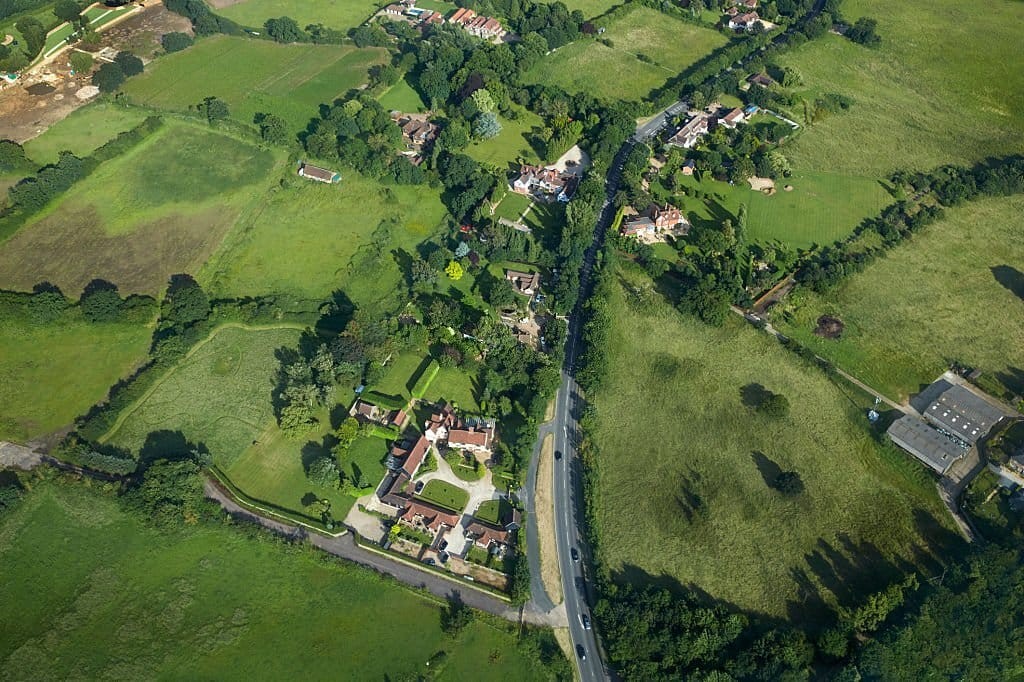
Have you ever found yourself thinking about moving out of the city core to get some more home space still with close access to the city? The Green Belt will find your dream out of luck.
Like you, many consider moving further from the city core into the suburbs. The Green Belt is an opponent to the concept of the UK’s suburbs.
The UK is facing a housing shortage. We will elaborate on what that exactly means later, but for now, and simply put, the population of the UK is growing faster than the housing supply can accommodate.
The UK Green Belt - which contrary to the name suggests, is not a strip of green space spanning across the country - holds the key to meeting the growing demand for housing. So if the Green Belt is the key to solving the housing crisis, and we know that it is, why are councils not taking development action?
We will explain the background behind the housing shortage, what the Green Belt is, the laws that are preventing housing on the Green Belt, and the argument made by those who oppose Green Belt development.
The UK has been experiencing a significant housing shortage in recent years, with the demand for new homes exceeding the available supply. As a result, there has been a growing need to find new ways to increase housing development in the country. One potential solution that has gained momentum is the development of Green Belt land, which is protected land around urban areas meant to prevent urban sprawl.
While there are concerns about the impact on the environment and loss of green spaces, many experts argue that Green Belt land development is essential to meeting the UK's growing housing demand. In this article, we will explore why Green Belt land development is a key solution to the UK's housing crisis and examine the potential benefits and drawbacks of this approach.
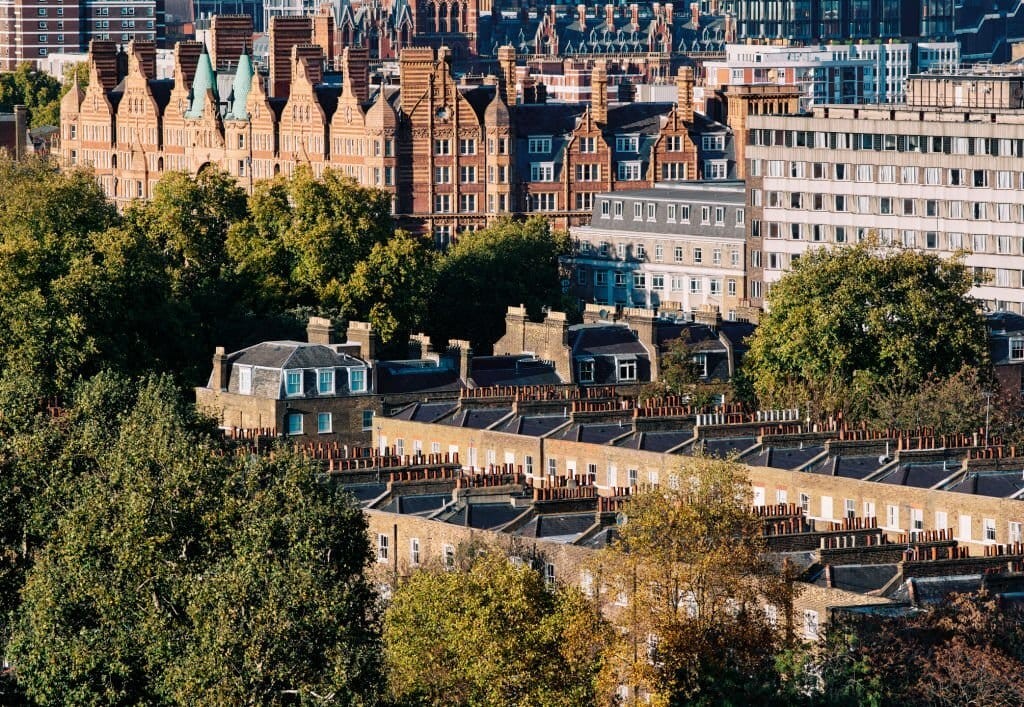
For many years, the sign of an independent adulthood has been homeownership, yet it is becoming increasingly unrealistic for the young and older populations of the UK to achieve. High housing prices limit the resources of a household. People are moving further and further away from their work, their friends and family, simply to afford to live.
The lack of supply is driving prices to unsustainable levels.
The UK’s housing shortage is often attributed to two factors.
First, the population is growing faster than housing is being built. By 2026, the UK’s population is expected to reach around 70 million people.
Second, income increase continues to drive housing demand up. As people earn more and more money, they are able to spend more on housing, increasing demand for better housing and raising the prices.
These pressures require the housing supply to grow by 240,000 to 250,00 new dwellings every year. The UK is consistently not meeting this basic goal.
The current planning system in England is failing to deliver the high-quality homes that the country so desperately needs. Since just after the Second World War, this outdated system has been in place, and it is not fit for purpose. To make matters worse, the use of permitted development rights has led to a significant reduction in the quality of new housing that is being delivered.
The demand for new housing grows every year as the country and its councils repeatedly fail to meet minimum necessary requirements. But don’t mistake this for a lack of prospective homeowners or home developers trying to build in the UK.
The housing crisis in England is not a national, but rather a local problem. Many expensive towns and cities, such as Bournemouth and Oxford, are building far fewer homes than more affordable areas like Wakefield or Telford. Reconnecting local supply to local demand is crucial, and this requires Green Belt reform.
There are more than enough planning applications submitted to build the amount of houses necessary, but the councils reject them one after another. Why?
The Green Belt is the tired argument used by councils to restrict housing development and fail to supply their constituents with sufficient housing.
The UK's housing crisis is a complex issue that cannot be solved by any single political party, including the Conservative Party. Successive governments, including Conservative ones, have failed to address the root causes of the crisis, such as the lack of affordable housing and the failure of the planning system to support sustainable development.
The housing crisis is a systemic issue that requires a fundamental shift in approach and a willingness to tackle difficult and controversial issues.
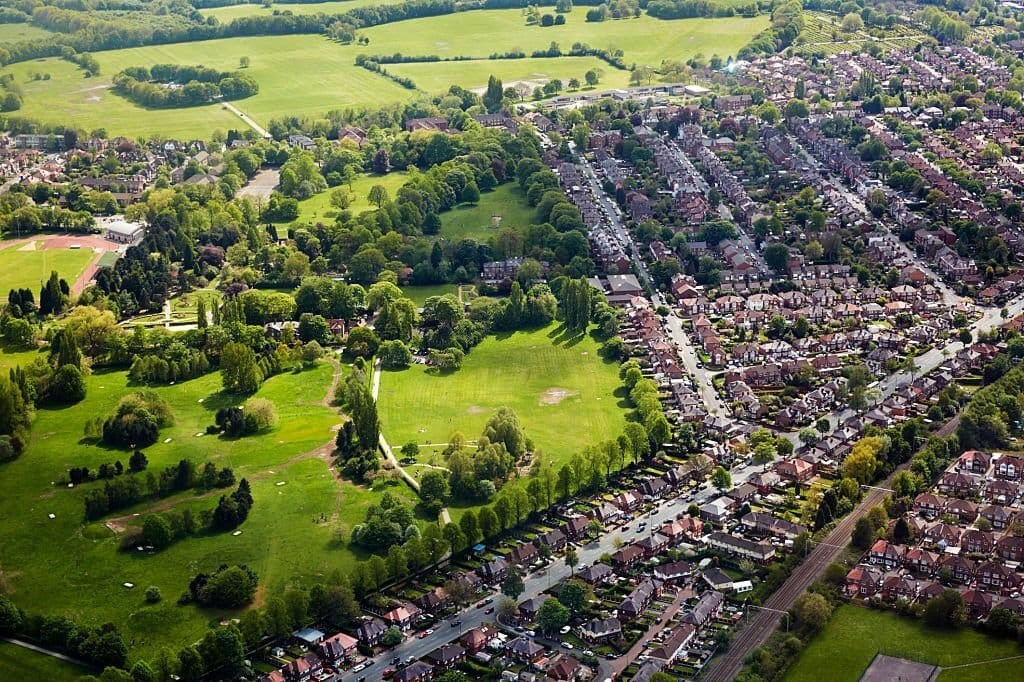
We know that a reason the UK has a dangerous level of housing shortage is the Green Belt, but what exactly is the Green Belt?
From its name, it would seem simple to figure out what the Green Belt is. I am sure you are imagining green rolling hills across the British countryside. Regrettably, your idyllic view is not the reality.
The Green Belt is a policy for controlling urban growth. Contrary to popular belief, the Green Belt is not meant to preserve nature and open space. Rather, the Green Belt’s purpose is to restrict urban sprawl and it did just that, in the 1950s. This is an outdated policy.
The original Green Belt policy was created to promote densification in urban areas and protect the environment by forming rings of areas to be protected from development around the UK’s cities When you draw a ring around a town or city and put everything within that ring under a blanket designation, it means that land is flagged because of where it is, not because of what it is. Geographic location alone makes land part of the Green Belt, not scientific value or environmental quality.
Even if the Green Belt were to be abolished entirely, other designations that truly are about environmental quality, such as Areas of Outstanding Natural Beauty and Special Scientific Significance, would still stand. These often simultaneously promote public access. So, it’s not that we don’t have effective environmental protections in the English planning system: it’s that the Green Belt isn’t one of them.
If you have been in urban London recently, you may have noticed it is already very dense, and further densification is a tough feat. The country has changed and grown tremendously since the Green Belt's inception, by looking at our Green Belt Map, it is clear that this land is in need of redistribution.
We need to rethink how our existing cities are constituted, permit them to expand and become better places to live
Don’t be mistaken, we are in no way opposed to green space in or close to cities. Quite on the contrary, we support it, but the Green Belt does not.
We will agree that some parts of the Green Belt are good at controlling urban sprawl and protecting the unique character of the English countryside, but certainly not all of them.
Most cities have become so densely populated that housing development has to continue to move out of the city in order to meet the demand of residents. Unfortunately, the closest available area is Green Belt protected. Instead, this prompts other unintended consequences - development leapfrogs over the Green Belt. This sends the relocation of outpriced residents to residential developments just beyond Green Belt boundaries. Rather than natural suburban development, development is sent to the countryside on the other side of a city’s Green Belt.
This is very dangerous for the environment.
Given a primary argument to keep the Green Belt is to protect the environment, it is ironic that the increased car trips and commuting caused by the Green Belt are actively contributing to climate change.
For example, is the London's Green Belt restricting the Greater London Area? Not at all. Rather London office-goers are commuting further than ever to afford housing and get to their work.
In many cases, the Green Belt is not Green at all.
Those green rolling hills and farms you were imagining are not nearly as prolific as you expected. Only 59% of the entire Green Belt is agricultural land, where much of it is former industrial and unsightly land. Rather than building positive and sustainable residences, the sites are protected and continue to have a negative impact on their neighbours and the environment.
And here’s what else we know. Seventy-six per cent of London’s Green Belt, spanning over 26,000 hectares of land, is of poor environmental quality. This means that it may contain defunct agricultural buildings or otherwise offer low levels of biodiversity – an area which all local planning authorities are expected to plan and invest in for enhancement.
You would hope that while there may be some inappropriately decrepit sites and detrimental industrial remains, access to public parks and forests provides a counterbalance. Unfortunately, it does not. The majority of the Green Belt is privately owned and not accessible to the public. Rather than protecting our public parks in our cities, we are forced to pave over them to provide necessary housing - all to preserve the privately owned and often not-so-green Green Belt.
It might surprise Green Belt supporters that a remarkable 7.1% of London’s Green Belt is golf courses. This covers a land area of 2,500 hectares – that’s double the size of the Royal Borough of Kensington and Chelsea. Given the environmental vices of golf in general, particularly in terms of water waste, we imagine a few Green Belt activist groups might start scratching their heads. These golf courses are just a small part of the privately owned London’s Metropolitan Green Belt, leaving a mere 13% publicly accessible.
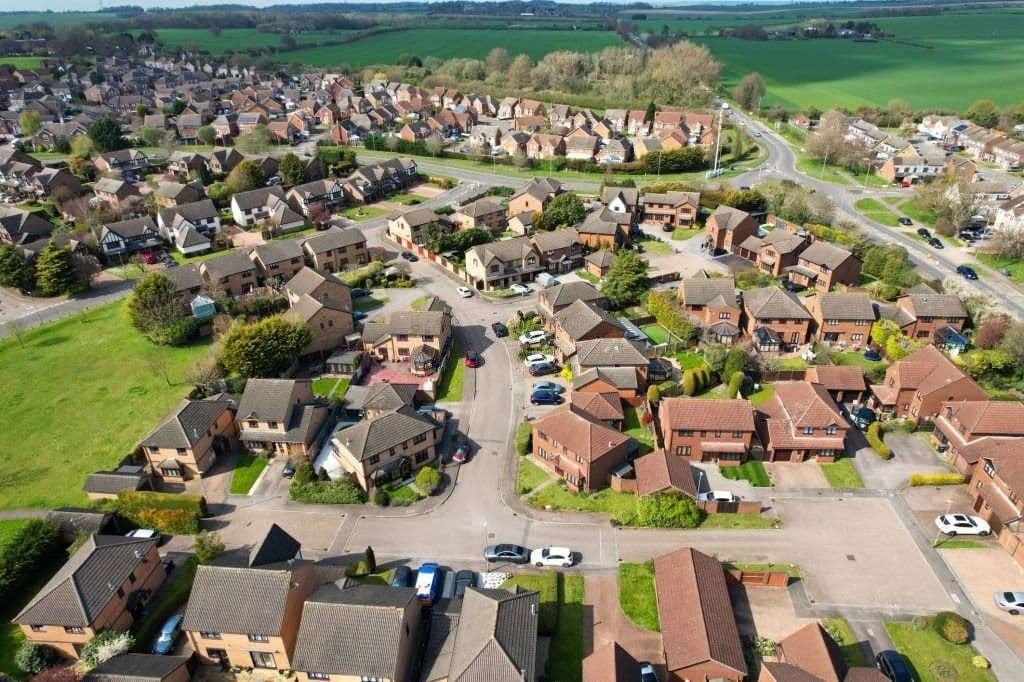
The primary objective of the Green Belt policy is to prevent urban sprawl by maintaining permanent open spaces. It is the responsibility of local authorities to define and uphold the Green Belt land in their respective regions. The government expects local planning authorities (LPAs) with Green Belts to establish boundaries for them in their local plans, which can be revised as part of the plan review process.
Let us not entirely discredit the possibility of development, building on the Green Belt is possible, but it is not typically an easy feat. There are some expectations for building on the Green Belt.
Paragraph 147 of the National Planning Policy Framework states that “inappropriate development is, by definition, harmful to the Green Belt and should not be approved except in very special circumstances." Therefore, outside of a very small list of exceptions, the construction of any new buildings would be considered inappropriate development on Green Belts, and as such, you would be required to submit a case for “very special circumstances” which must outweigh the resulting harm to Green Belt land.
Unfortunately, councils are strict about what can be considered special circumstances, especially for land that is not nearly special enough for such strong protection.
Even that small list of exceptions brings its own problems for rural areas. The most useful one is for the reuse of previously developed land (which excludes agricultural buildings). The problem here is that because housing is generally the most profitable use of land, it’s hard for rural businesses to compete for space when the owners know they will make more money by selling it to be converted into or replaced by homes.
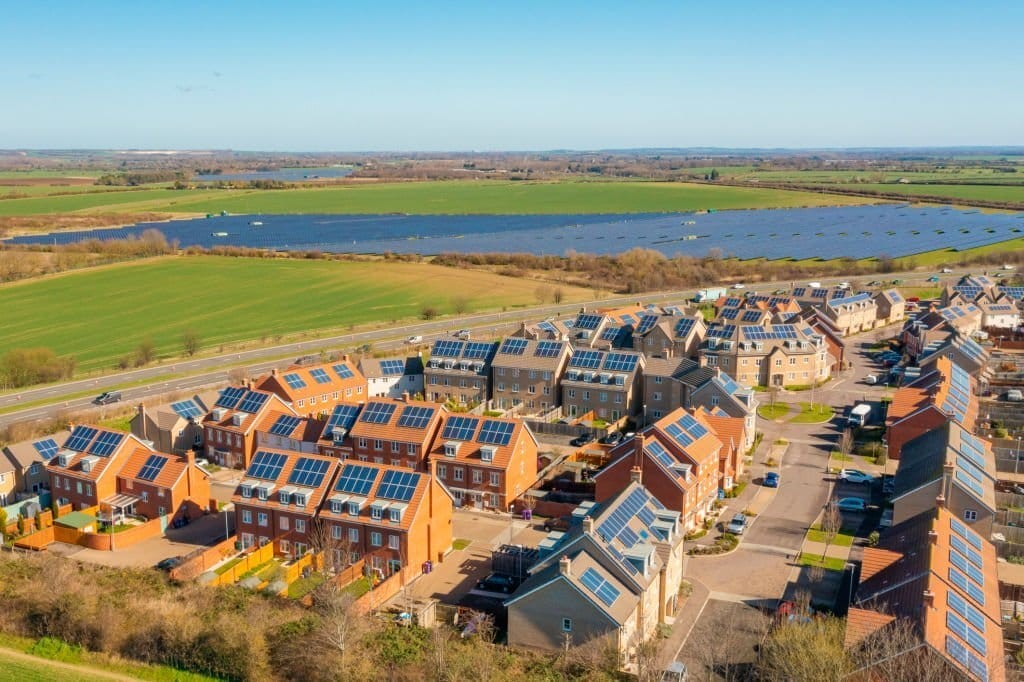
The UK's population lives in urban areas, where land is already limited. Developing Green Belt land can provide much-needed space for new housing developments, without encroaching on already crowded cities.
It is clear that there needs to be challenging delivery metrics in place to ensure the design and build quality, as well as the diversity, of local housing supply. According to the latest statistics, local councils have given the green light to around 90% of planning applications in recent years. Moreover, over the past decade, a staggering one million residential properties have been granted planning permission, but have yet to materialise.
Despite this clear evidence that planning is not the root of the issue, the focus has shifted towards the major players in the housing industry. With an abundance of strategic land banks at their disposal, it is now up to the major housebuilders to start turning these plans into tangible homes.
The many defenders of the Green Belt status quo lean heavily on the argument that the housing shortage can be easily solved using brownfield land - that is, previously developed land. We are never going to argue against redeveloping derelict or underused buildings. But, there is simply not enough brownfield land in the UK to accommodate the demand for housing.
As a policy, the Green Belt is unique for a number of reasons, one of which is that it holds a distinct level of public support. It is even bolstered by a major lobbying group, CPRE (formerly The Campaign to Protect Rural England). It has long proven unpopular to initiate Green Belt reform, despite years of findings by academics and consultancies alike that there is a pressing need to reconsider it.
CPRE asserts that there is enough brownfield land to build all the homes we could possibly need. But this is simply not the case.
For example, London does not have vast swathes of vacant brownfield waiting to be redeveloped. Almost all of the city’s brownfield land is either already in use or part of plans for new housing. Moreover, there is practically no significant “derelict” land in London, and about two-thirds of that already has housing on it.
It is calculated that even if all brownfield land with development potential was redeveloped, it would supply 970,000 dwellings. Now that is not a number to scoff at! That is until you realise that all of the redeveloped land will only supply enough housing for the next four years. To which we ask, what is the plan after that?
If we ever want to meet the growing demand for housing in the UK, it is crucial that we release some Green Belt land for development. The release of just a small percentage of the Green Belt could help accommodate years worth of housing.
A proposal from Simon Clarke, former Secretary of State for Levelling Up, makes a robust proposal for appropriate Green Belt reform. He suggests releasing Green Belt land provided it fits two criteria. First, the land must not be subject to any other protected environmental classification. Second, the land is within a half mile of a rail, underground or tram station. Clarke estimates that this reform would generate land to supply around 1.7 to 2.1 million new homes.
This proposal demonstrates the incredible resource that is the Green Belt. Whether it is this proposed reform or another, developing some of the Green Belt - only the most appropriate areas of the Green Belt - is necessary to fulfil the housing needs of the UK's growing population.
The cost of housing in the UK is high, particularly in urban areas. Developing Green Belt land can provide more affordable housing options, particularly for first-time buyers.
The current government's approach to housing policy is too focused on short-term fixes rather than long-term solutions. The government's emphasis on homeownership and initiatives like Help to Buy are not effective at addressing the underlying issues of the housing crisis.
A more radical approach is much needed, including reforms to the planning system, increased investment in social housing, and a shift away from a reliance on the private sector to deliver new homes.
The development of Green Belt land can provide significant economic benefits, including job creation, increased tax revenue, and the stimulation of local economies.
Withholding the Green Belt from development restricts the supply of available homes, which increases housing prices. Not to mention, restricting the Green Belt increases the volatility of the housing market. Changes in the economy are reflected with magnitude in housing prices. A lack of consistency is extremely detrimental to the local economies of Green Belt homes, as their prime resource’s value fluctuates immensely.
Small retailers are directly affected by the lack of development. Restricting building new homes limits the ability of local businesses to grow and expand to larger customer bases.
Developing Green Belt land can be done in a sustainable way, with a focus on green infrastructure, energy-efficient buildings, and public transport links. This can help to reduce the environmental impact of new housing developments.
The benefits of building homes near public transit stations are evident. Encouraging sustainable forms of travel should be a leading priority when deciding which areas to build. Rather than restricting this through the Green Belt, the government should release land near transit stations. This release would not only provide much-needed homes, but also encourage sustainable mobility for locals and out-of-town commuters alike.
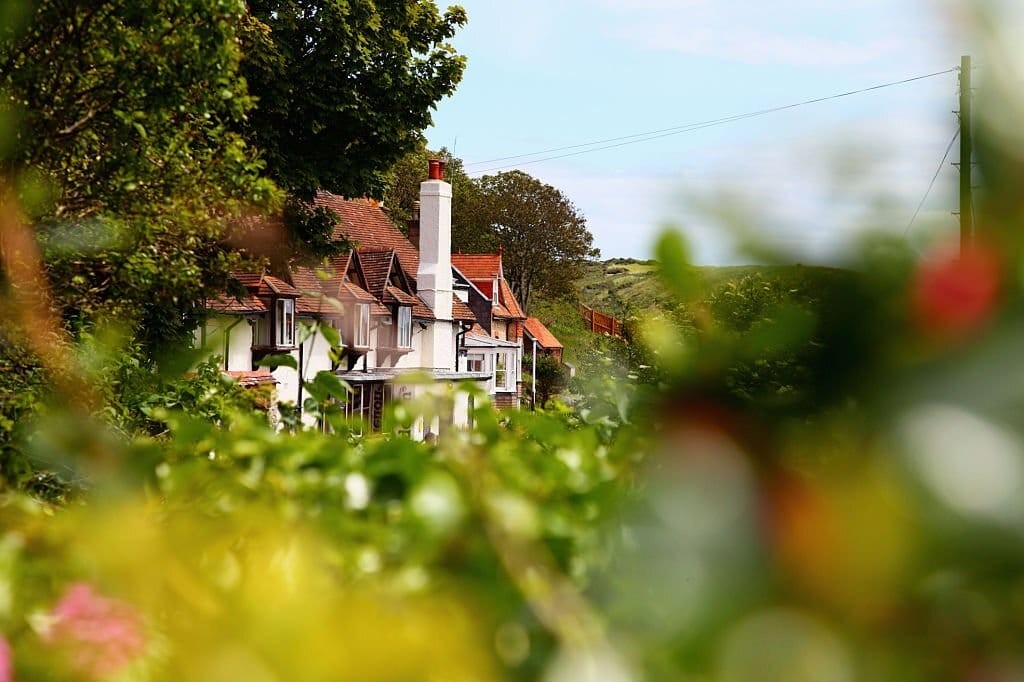
The story of the Green Belt has been an evolution from a well-meaning policy to an antiquated roadblock to progress.
The UK has a housing shortage - creating a housing crisis. The country’s population is growing at a rapid rate that the housing development sector cannot keep up with. However, we established that this discrepancy is not due to a lack of attempts. It is not the fault of the home developers or home self-builders.
The fault is on the Green Belt and its blindly faithful supporters. Green Belt defenders are perversely headstrong to the disadvantage of the generations of people being locked out of pricey housing markets. The belief that the key to the housing market is brownfield land is fundamentally inaccurate. It has been mathematically proven that there is simply not enough brownfield land appropriate for development to continue to meet the rising demand for housing in the UK.
For the people of the UK and the environment, action must be taken to release development-appropriate land within the Green Belt.
Of the plans conceived by academics, experts and politicians - rarely it is suggested to pave over the truly green Green Belt. Rather it is suggested that a reform of the Green Belt to release the land not environmentally suited to deserving the name of the Green Belt. Land that is derelict, or no longer serving the public as ‘green land’, deserves the opportunity to once again feature good design and serve its community.
The Green Belt is not green, lush or biodiverse. The Green Belt is not protecting our environment. The Green Belt does not even contain urban sprawl. So, what is the Green Belt doing?
The Green Belt could be solving the UK’s housing crisis.
The Green Belt is one of the most contentious and misunderstood pieces of planning policy in England and it’s a topic we at Urbanist Architecture have a lot of experience working with. For this reason, we decided to pool our learnings and pen a book delving deep into the Green Belt from every possible angle.
‘Green Light to Green Belt Developments’ investigates the policy's biggest winners and losers, and explores its connections to climate change and the housing crisis, as well as what the future might hold, particularly now a new Labour government is in power. It also looks at the history of the policy and how it’s managed to endure while other policies have evolved and adapted with the times. Of course, it also identifies the exceptions and circumstances that exist for permitting development in the Green Belt, so you can better your chances of gaining planning permission.
We’ve written this book for anyone seeking a more rounded understanding of one of England's most debated urban planning issues, making it accessible to both industry professionals and the general public.
Whether you are a landowner in the Green Belt wishing to understand the potential for land value uplift or a developer planning to build new homes in the Green Belt, this book is an essential read. Order your copy now.

Urbanist Architecture’s founder and managing director, Ufuk Bahar BA(Hons), MA, takes personal charge of our larger projects, focusing particularly on Green Belt developments, new-build flats and housing, and high-end full refurbishments.
We look forward to learning how we can help you. Simply fill in the form below and someone on our team will respond to you at the earliest opportunity.
The latest news, updates and expert views for ambitious, high-achieving and purpose-driven homeowners and property entrepreneurs.
The latest news, updates and expert views for ambitious, high-achieving and purpose-driven homeowners and property entrepreneurs.
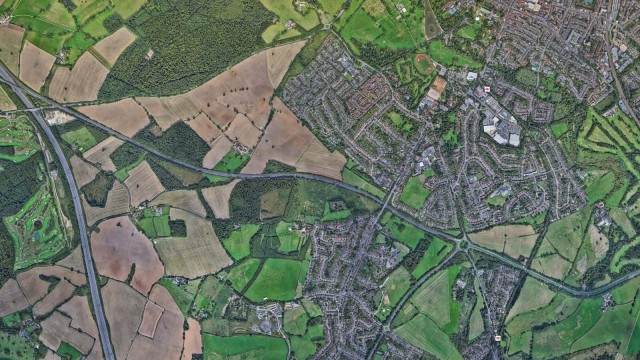
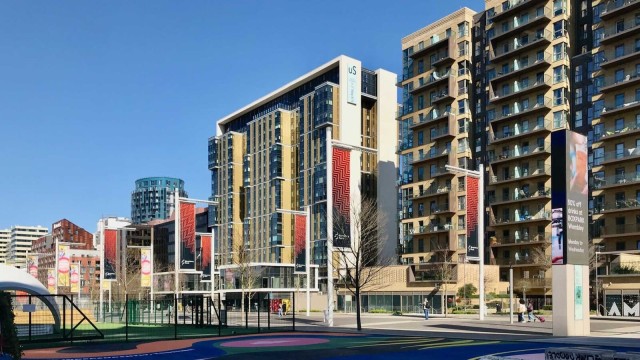
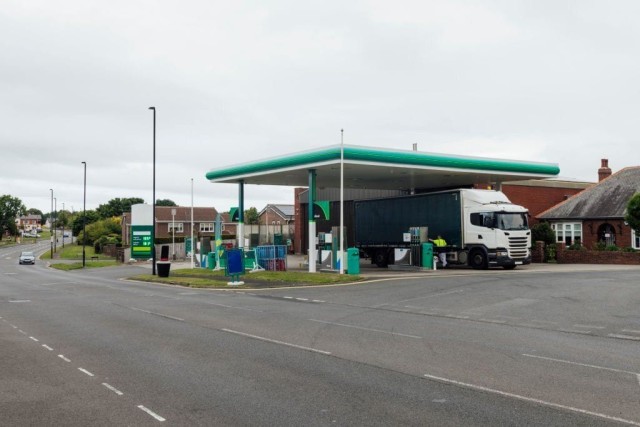
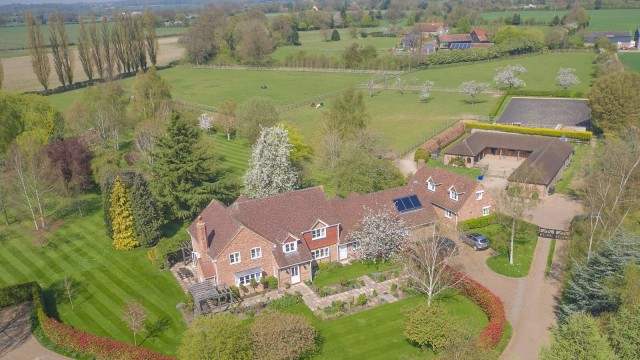
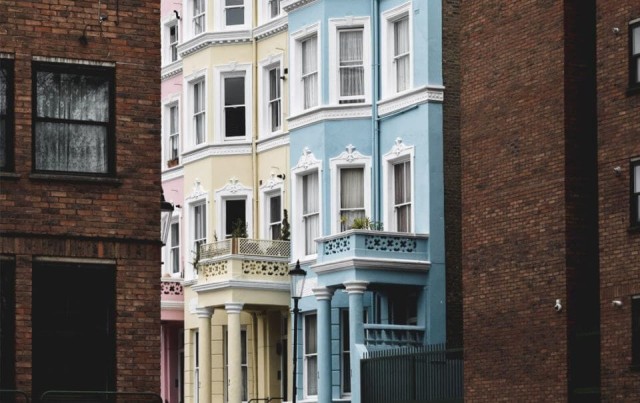
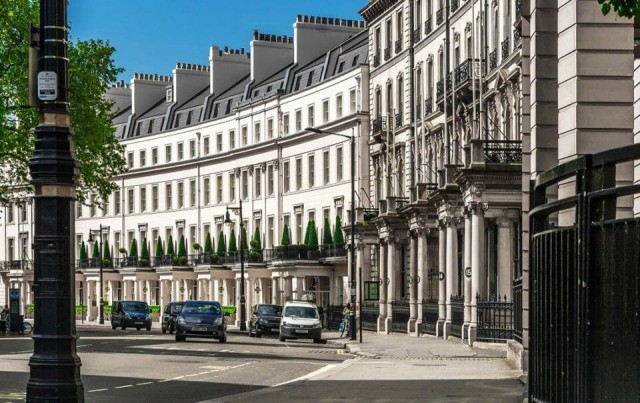


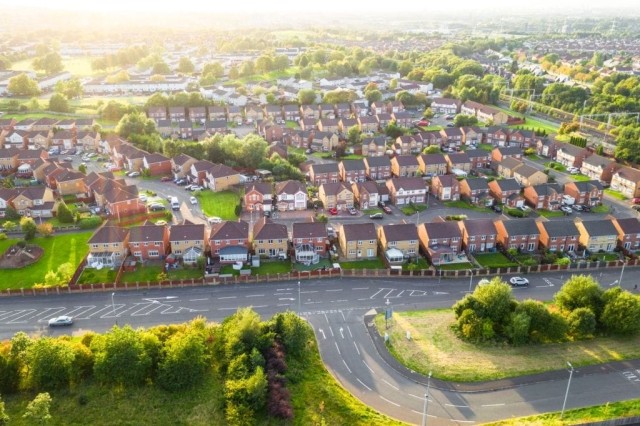

We specialise in crafting creative design and planning strategies to unlock the hidden potential of developments, secure planning permission and deliver imaginative projects on tricky sites
Write us a message